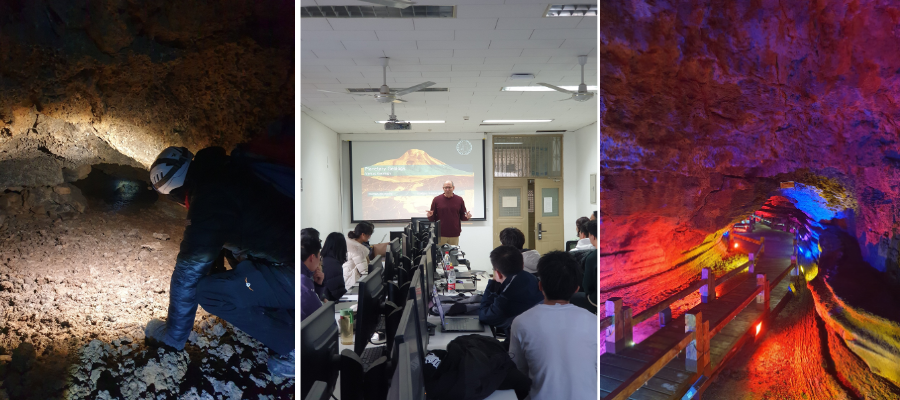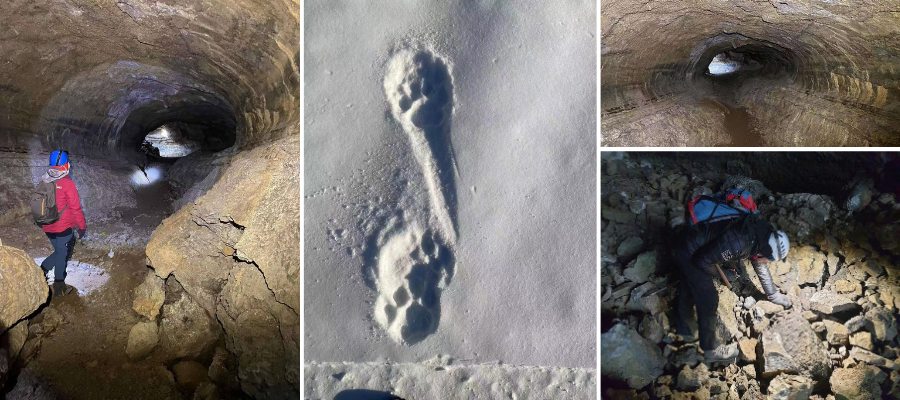A first survey mission in northeastern China, aiming to study the lava tubes

A first survey mission in northeastern China was recently carried out, not far from the border with North Korea, where a lava field of Pliocene to Holocene age lies at JingPo Hu National Park.
The lava field covers about 500 km2 and is transected by a network of lava tubes whose total length is estimated to be more than 20 km. As already explained by previous studies, the lava tubes turn out to be of great interest for the upcoming lunar explorations aiming to find suitable sites for stable settlements on our satellite. Indeed, lava tubes shield from solar and cosmic radiations and meteorite impacts, and maintain a stable temperature environment where on the surface temperatures can range from +120°C to –150 °C.

The JingPo Hu lava tubes, the vast majority of which are still unexplored, are good examples of shallow and deep cavities with diameters between 2 and 8 meters that can contain permanent water ice, as it is potentially the case in some specific conditions on the Moon and Mars.
The mission was carried out by the Chinese Academy of Sciences and the China University of Geosciences Beijing in collaboration with the University of Padua within the joint Lab framework recently signed by the two Universities. The surveys were completed in an environment with temperature conditions around -15/-20°C and in areas where scaring Siberian Tiger footprints were not lacking.

Nonetheless, the planned underground surveys, as well as the radar sounder acquisitions and the test of versatile robotic systems aimed at underground exploration were successfully conducted.
Photo Credit: Ilaria Tomasi (CISAS) e Matteo Massironi (Department of Geosciences)





